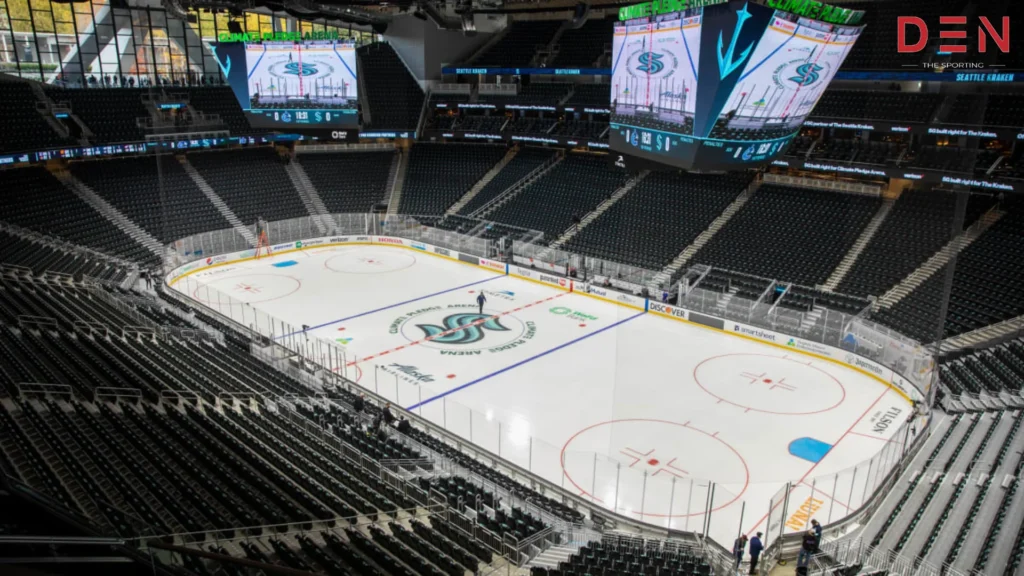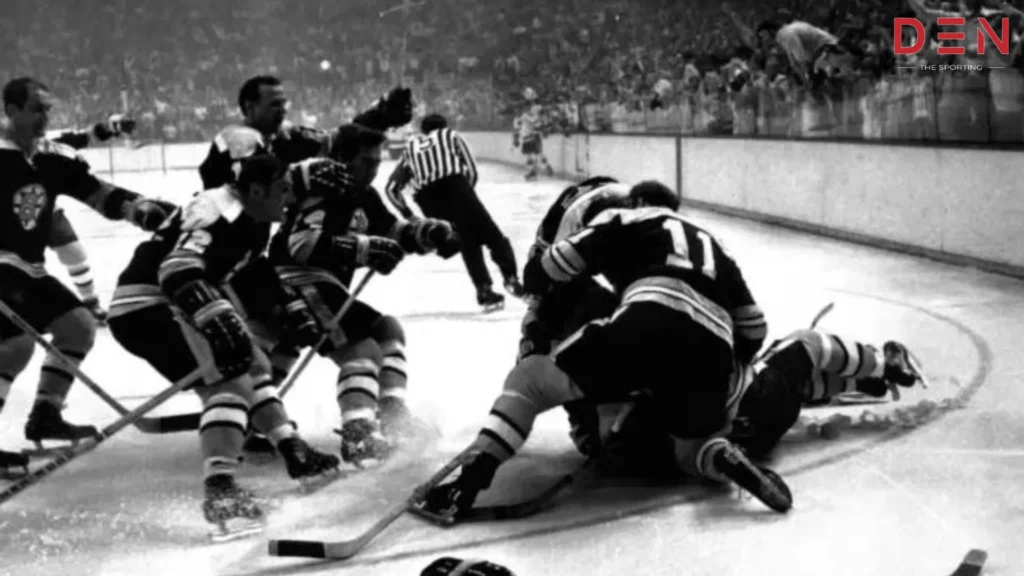
The National Hockey League (NHL) boasts a rich history that is not only defined by iconic players and thrilling moments, but also by its constant evolution. As the game has grown and adapted, so too have its rules. These changes have been implemented to improve safety, enhance fairness, and adapt to the ever-changing style of play. Let’s delve into some of the most significant NHL Rule Changes that have shaped the NHL into the sport we know today.
Early Rule Changes: Laying the Foundation (1875-1914)
The early days of the NHL were marked by significant NHL Rule Changes that established the basic framework of the game. In 1875, rudimentary rules were outlined, including the size of the playing surface, the dimensions of the goal, and the number of players allowed on the ice. The concept of penalties was introduced in 1894, followed by the establishment of the blue line in 1910. These early changes laid the foundation for the modern game, creating a framework for further refinement.
Focus on Safety: Addressing Dangerous Practices (1917-1979)
As the game became faster and more physical, concerns about player safety grew. In 1917, goaltenders were permitted to fall to the ice to make saves, a crucial change that protected them from serious injuries. Furthermore, the 1967 expansion saw the implementation of mandatory helmets for all players, a decision that significantly reduced the number of head injuries. In 1979, the league made helmets mandatory for all players, further solidifying its commitment to player safety.
Suggested Read: Memorable NHL Rivalries: A Collision of Passion and Pucks
Enhancing Fairness: Addressing Imbalances in the Game (1918-2005)
The NHL has been dedicated to fostering fairness and equality on the ice. In 1918, alterations were made to penalty regulations, mandating teams to serve the full penalty duration regardless of goal scoring. This adjustment aimed to deter teams from strategically committing penalties to disrupt their opponents’ momentum. The league’s expansion in 1967 brought about the implementation of the two-line pass rule, intended to prevent easy puck retrieval by icing it directly out of the defensive zone. Moreover, rule modifications in 2005 were geared towards boosting scoring opportunities by minimizing obstruction penalties and incorporating shootouts to resolve the escalating number of tied games post-overtime.
Technological Advancements: Utilizing Video Review (1991-Present)
The introduction of video review in 1991 marked a significant shift in the NHL’s approach to officiating. This technology allows referees to review controversial plays, such as goals, offsides, and penalties, to ensure the accuracy of calls. While initially used sparingly, the scope of video review has gradually expanded over the years, encompassing more situations and ultimately leading to fairer outcomes.
Adapting to the Game: Addressing Modern Challenges (2014-Present)
In recent years, the NHL Rule Changes have been implemented to address contemporary challenges in the sport. In 2014, the league instituted a “fighting major” penalty for instigating fights, aiming to reduce the frequency of these altercations and promote a more skilled and strategic game. Additionally, the 2019-2020 season saw the expansion of video review to include coach’s challenges for potential goaltender interference. And missed stoppages leading to goals, further ensuring fairness in close games.
Suggested Read: Top 10 NHL Players of All Time: Legends Etched in Ice
FAQs
Ice hockey is believed to have evolved from simple stick. And ball games played in the 18th and 19th centuries in Britain, Ireland, and elsewhere, primarily bandy, hurling, and shinty.
In the aftermath of the 2004-2005 lockout, the NHL introduced the Wayne Gretzky Rule. Formally termed the “standard of enforcement for obstruction fouls.” This regulation aimed to enhance game flow and elevate scoring chances by clamping down on defensive players who hindered the advancement of offensive counterparts.
Improved Stick and Equipment Design
Lightweight materials, aerodynamic designs, and precision engineering are resulting in sticks that provide better control, power, and accuracy. These advancements give players a competitive edge, enabling them to execute intricate moves and shots with greater finesse.
NHL Official Website: (https://www.nhl.com/)
Summing it Up:
The NHL Rule Changes are not merely tweaks to the game; they are testaments to the league’s commitment to safety, fairness, and continuous improvement. These changes have shaped the game into the fast-paced, exciting, and competitive sport it is today. As the NHL continues to evolve, one can expect further NHL Rule Changes to address new challenges. And ensure the sport remains dynamic and captivating for generations to come.




